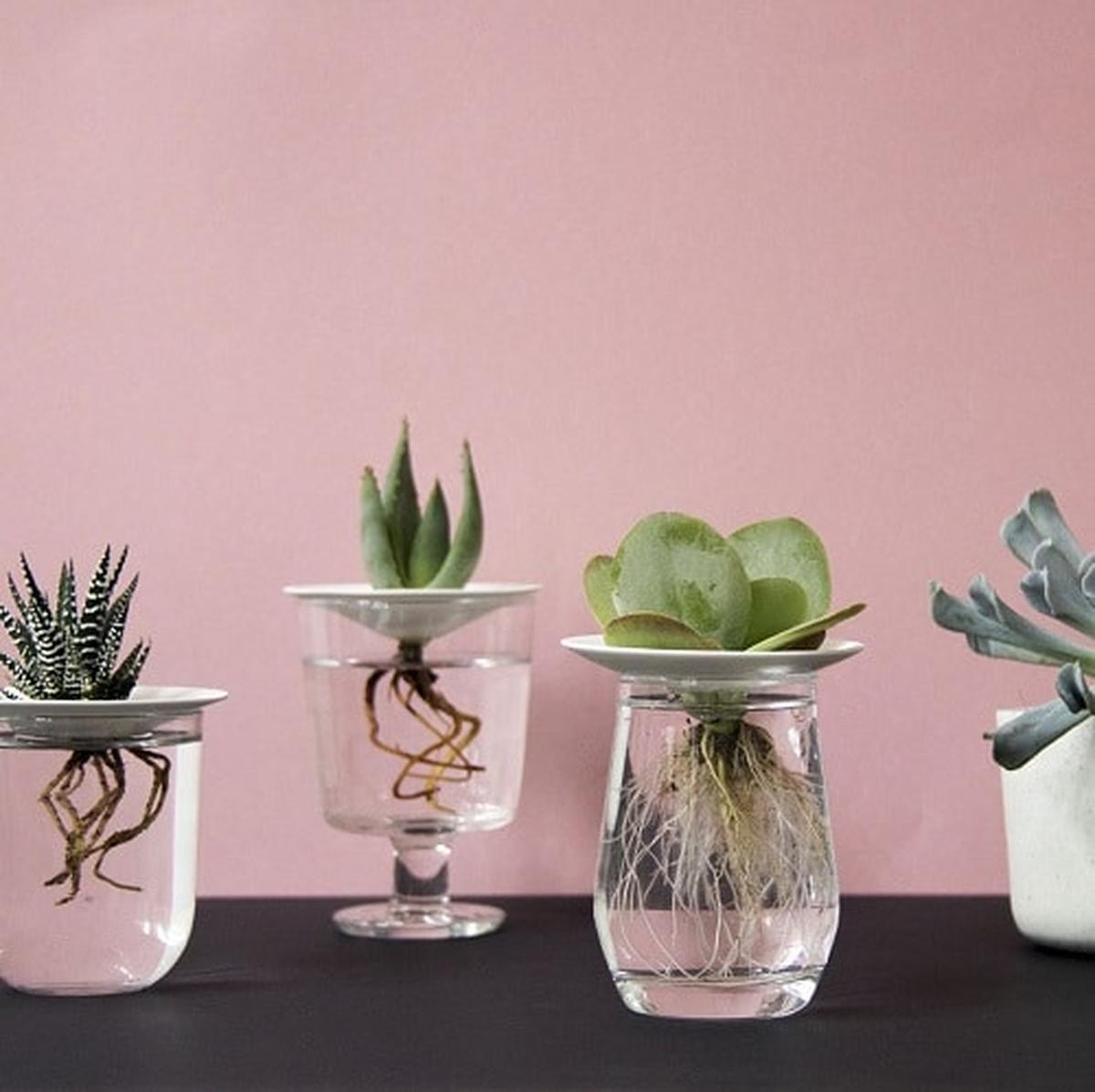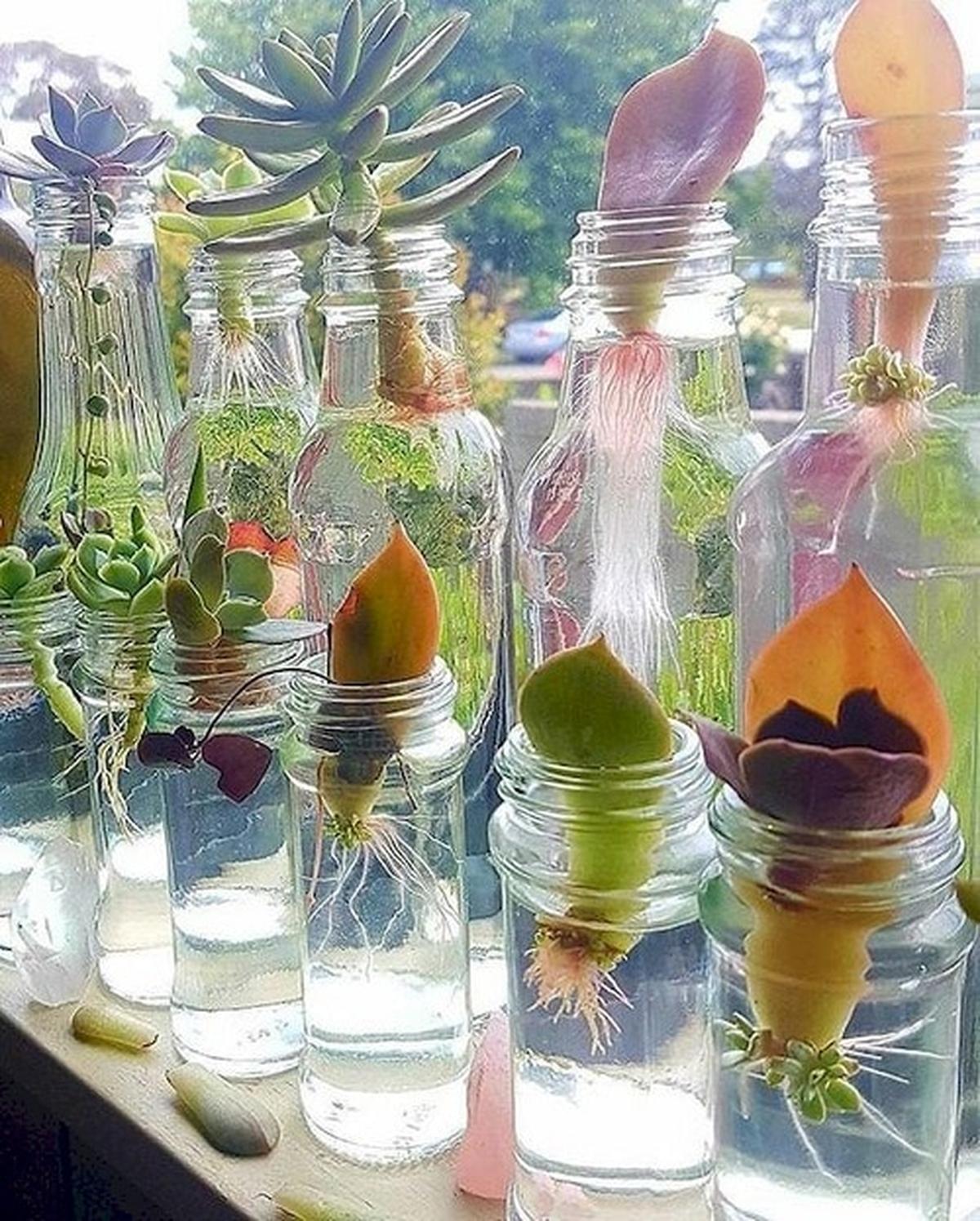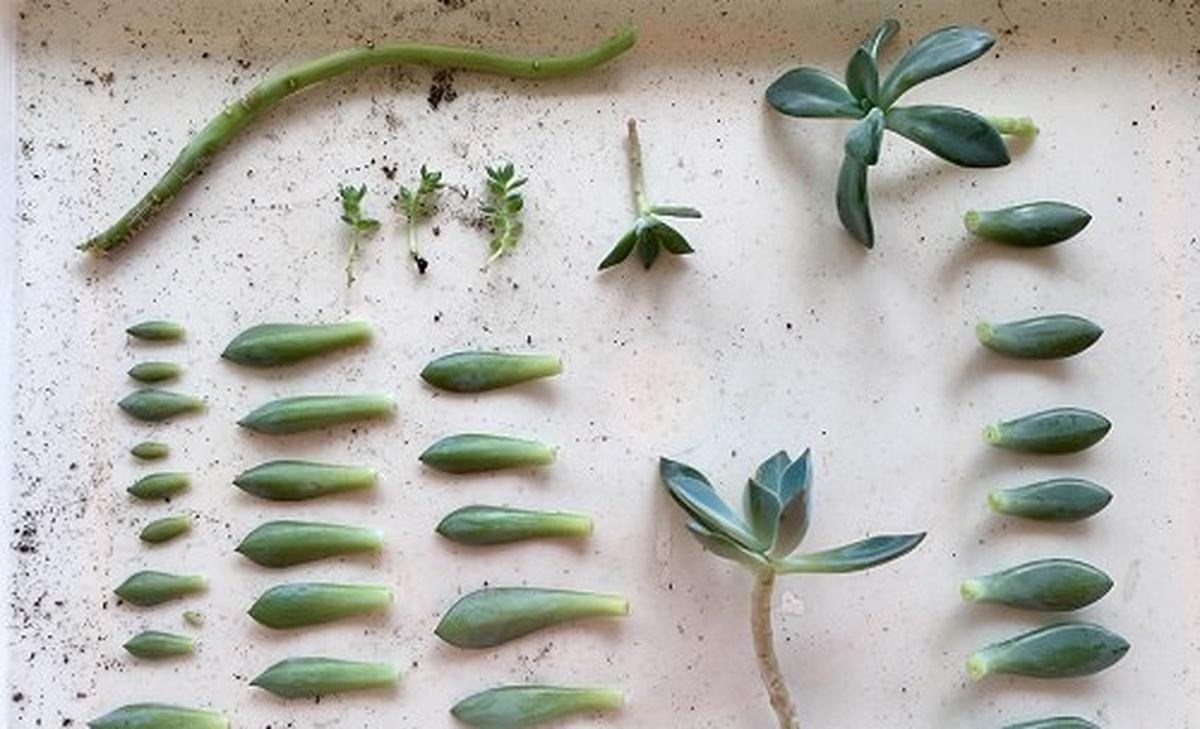4 Tips to Propagate Succulents in Water
Propagating succulents in water is an easy and fascinating way to expand your plant collection.
This method allows you to watch roots develop, adding an element of excitement to gardening.
Succulents grown in water require minimal care and can thrive without soil.
You can enjoy the beauty of these plants with a simple glass of water and a sunny spot.
Use Transparent Jars or Vases
Using clear jars or glasses for propagating succulents allows you to monitor their growth easily.
Observing the roots as they develop can be quite rewarding.
Keeping only the bottom part submerged prevents rot and promotes healthy growth.
A sunny windowsill provides an ideal spot for these water-loving plants to thrive.
Place them in Bright Light
Bright light plays a crucial role in the growth of cuttings.
A sunny windowsill or a shaded porch provides an ideal environment for them to thrive.
Exposure to natural light encourages healthy root development and vibrant foliage.
Keeping them in such spots ensures they receive the right amount of warmth without being scorched by direct sunlight.
Monitoring their progress regularly can lead to successful propagation and flourishing plants over time.
Avoid Chlorinated Water
Rooting succulents in water can be a rewarding experience.
Using distilled or purified water provides the best environment for healthy growth.
If tap water is your only option, letting it sit for a day or two helps reduce harmful chemicals.
Fluoride poses a risk to your cuttings, often causing unsightly brown edges on leaves.
Choosing the right type of water sets the stage for thriving succulents and vibrant foliage.
Allow the Cut Ends to Form Callus
Healthy leaves or stems need careful attention before planting.
Letting them heal for a couple of days in warm weather works wonders.
In cooler conditions, extending this healing time to four or five days is beneficial.
This simple step reduces the risk of excess water absorption and helps avoid rot later on.
Taking these precautions can lead to stronger, healthier plants in the long run.




